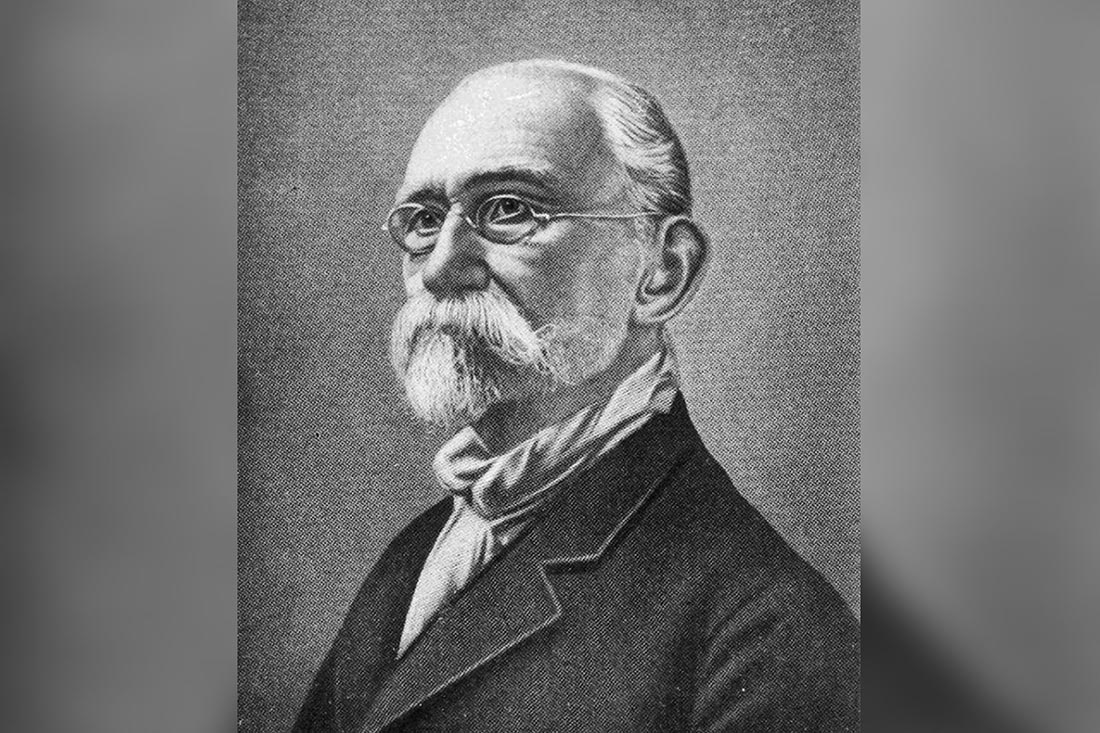Máximo Gómez was immersed in exercising his political influence to prevent the presidential re-election of Tomás Estrada Palma, when death surprised him on June 17th, 1905. To do so, he began a campaign that took him all over the island, with the same impetus that he called to vote for him in his first constitutional mandate by making a tour of different regions of the country, inviting Orestes Ferrara Enrique Villuendas, Mario García Kohly, José Lorenzo Castellanos, Felipe González Sarraín, Francisco María González as speakers.
A rapid illness
In June 1905, he made a trip to Santiago de Cuba with his family to continue his campaign in the East; leaving postponed a large demonstration that was projected in his honor and also against re-election in Havana, as Orestes Ferrara rightly refers. There were so many displays of love and affection towards him that his hand became infected because of a small wound he had from having shaken those of many colleagues, friends and admirers of his.
On medical recommendation he quickly returns to Havana. A crowd was waiting for him concentrated in the Villanueva train terminal, but his trip culminated in the Quinta de los Molinos. In a car he is transferred to a house located at the intersection of 5th and D, in El Vedado neighborhood, which is rented to house him; because the government had approved a budget for sickness expenses.
An unexpected death
However, Gómez was seriously ill, because the wound had worsen, producing generalized sepsis, which led to his death on the afternoon of June 17th, 1905.
The people pay homage
Susana Méndez explains that three days of national mourning and nine days of official mourning were decreed. During those first three days, after his death, every half hour, a cannon was fired from La Cabaña fortress, and the church bells rang.
A vigil was hold in the then Presidential Palace, today the Museum of the General Captains. His coffin is covered with the flags of Cuba and his native country; while Estrada Palma read a proclamation about his death.
On the 20th, at three in the afternoon, after 21 cannon shots, the procession made up of twenty cars left for the Colón Cemetery, where he was buried with the honors of the president and in the midst of a great demonstration of popular mourning. The funeral ceremony performed can be considered the largest in the history of Cuba up to that time.
Conclusions
The death of Máximo Gómez was a real blow in those first years of the bourgeois Republic, because not only did the leader die, the veteran hero; but also the support that the Cuban people needed at that time.
Bibliography
Ferrara, Orestes. Mis relaciones con Máximo Gómez. Molina y Compañía. La Habana, 1942.
Méndez Muñoz, Susana. “Aniversario 115 del fallecimiento del General Máximo Gómez”. Periódico Cubarte, 17 de junio del 2020.
Wejebe Cobo, Jorge. “El último combate de El Generalísimo”. Agencia Cubana de Noticias (ACN).
Translated by: Aileen Álvarez García






